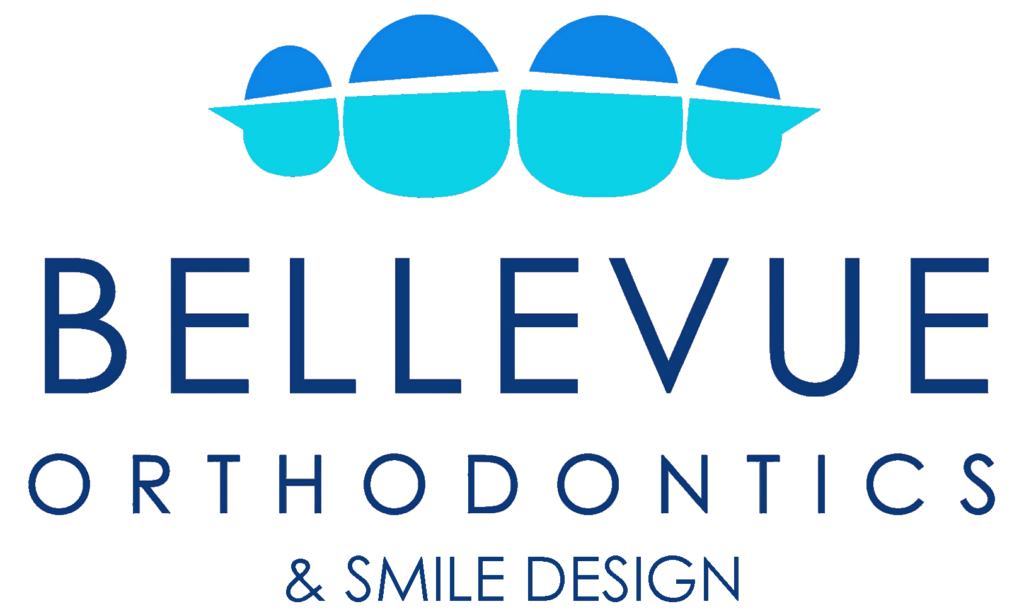How do braces work?
Braces are historically the most commonly used method of correcting tooth malalignment and other orthodontic problems.
In order to align the teeth, braces consist of two components:
- Brackets are installed onto the teeth by the orthodontist
- Wires are inserted into the brackets by the orthodontist to connect all of the teeth
At every visit, the orthodontist adjusts the wires to align the teeth, correct the bite, and shape the smile.
Metal Braces
Metal braces are the most widely used type of braces, especially among adolescents.
A lot of research has been conducted using these types of braces and technological advances have made metal braces smaller, more comfortable, and more efficient than ever before.
We offer metal braces in silver or gold.
While metal braces on the outside of the teeth do not offer the most esthetic treatment option, they are highly effective and afford patients the choice adding colors to their smile while in treatment.
Clear Ceramic Braces
Clear braces are made of ceramic material and have the advantage of being much more discreet than metal braces, although not quite as invisible as clear aligners like Invisalign or lingual braces behind the teeth.
It is important for patients to note that while ceramic braces are more visually appealing than metal braces, are slightly larger and more brittle.
This means that care and good oral hygiene are important throughout treatment!
Lingual Braces (Behind the Teeth)
Lingual Braces are braces that are placed behind the teeth.
They are the ONLY truly invisible treatment to straighten your teeth.
Anybody who is a candidate for traditional braces can also have braces behind the teeth (lingual Braces).
Getting Started with Braces
While there may be some variations on a case-by-case basis, the process of getting braces applied is fairly straightforward.
1. Initial Complimentary Examination
This first appointment is the most important.
We listen to your concerns, discuss treatment options, and answer your questions.
If you have any follow up questions after your consultation, you can call, text, or email us and we’re happy to answer them.
- Photos – We often take photos and x-rays at this initial appointment. This helps us evaluate treatment options and track your progress.
- X-Rays – If you’ve had X-rays taken in the past 6 months from your dentist, be sure to bring them with you. It could prevent us from having to take new ones!
- 3D Scan – If you feel ready to begin orthodontic treatment, we may also take a 3D scan of your teeth to begin planning for your treatment. This cutting-edge technology allows for a comfortable and faster experience compared to old-fashioned molds, something we are very proud to offer.
2. Before Treatment
It is important to us that you have the best possible experience while in braces.
This is why we ask that you have your teeth professionally cleaned and that you have any other dental issues, such as cavities, addressed prior to beginning orthodontic treatment.
This will help minimize the risk of encountering any problems while you are in braces.
3. Getting Braces
At this appointment, our orthodontist and the orthodontic team will apply the braces to your teeth.
We will go over how to care for your new braces and will give you all of the tips and tools you will need to keep them clean and painless!
4. Follow Up Appointments
Any following appointments will be scheduled at 6-10 weeks intervals, thereby minimizing interruptions to your daily life as much as possible.
At these appointments, our orthodontic team will make adjustments to your braces to begin aligning your teeth and crafting your smile!

